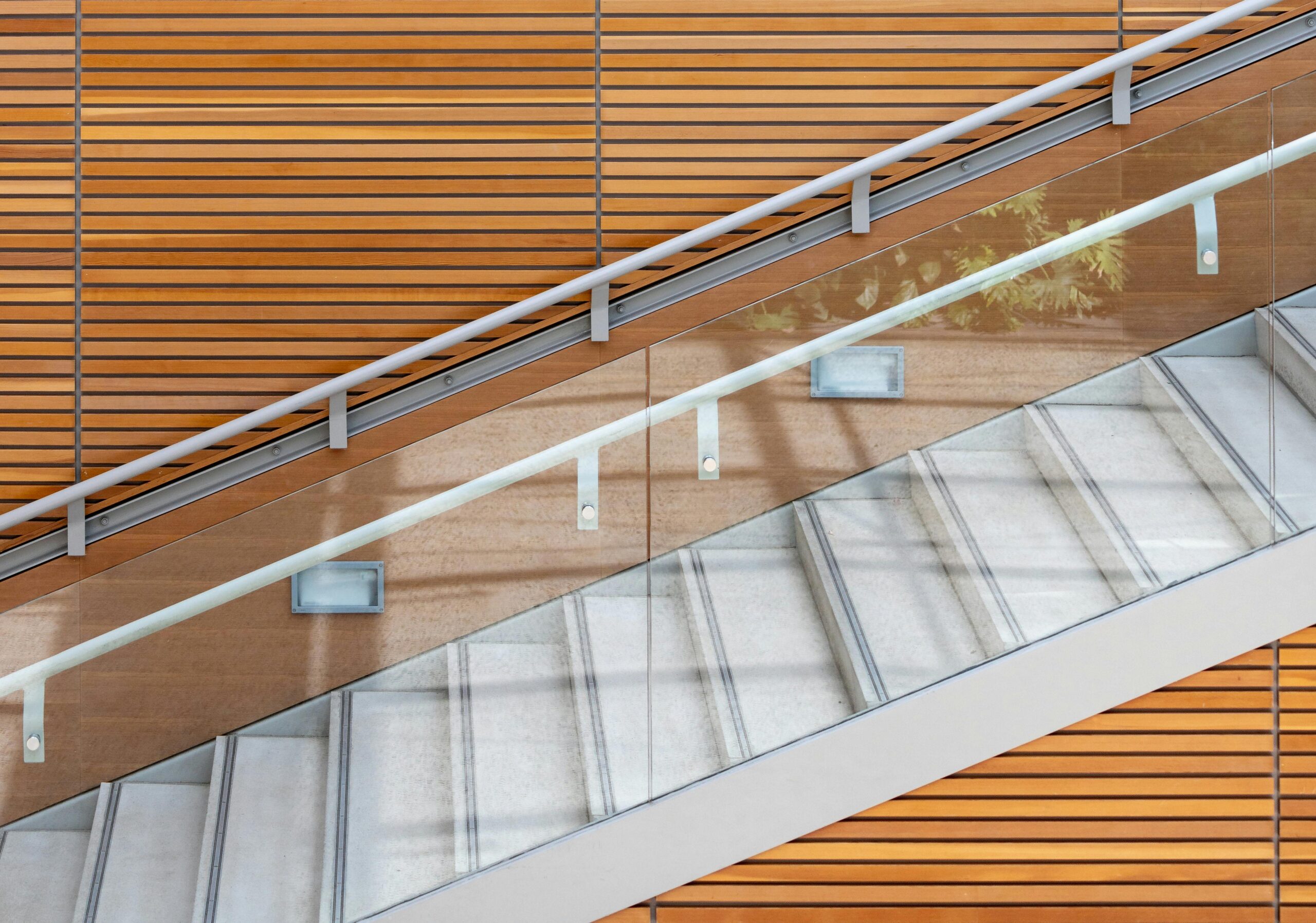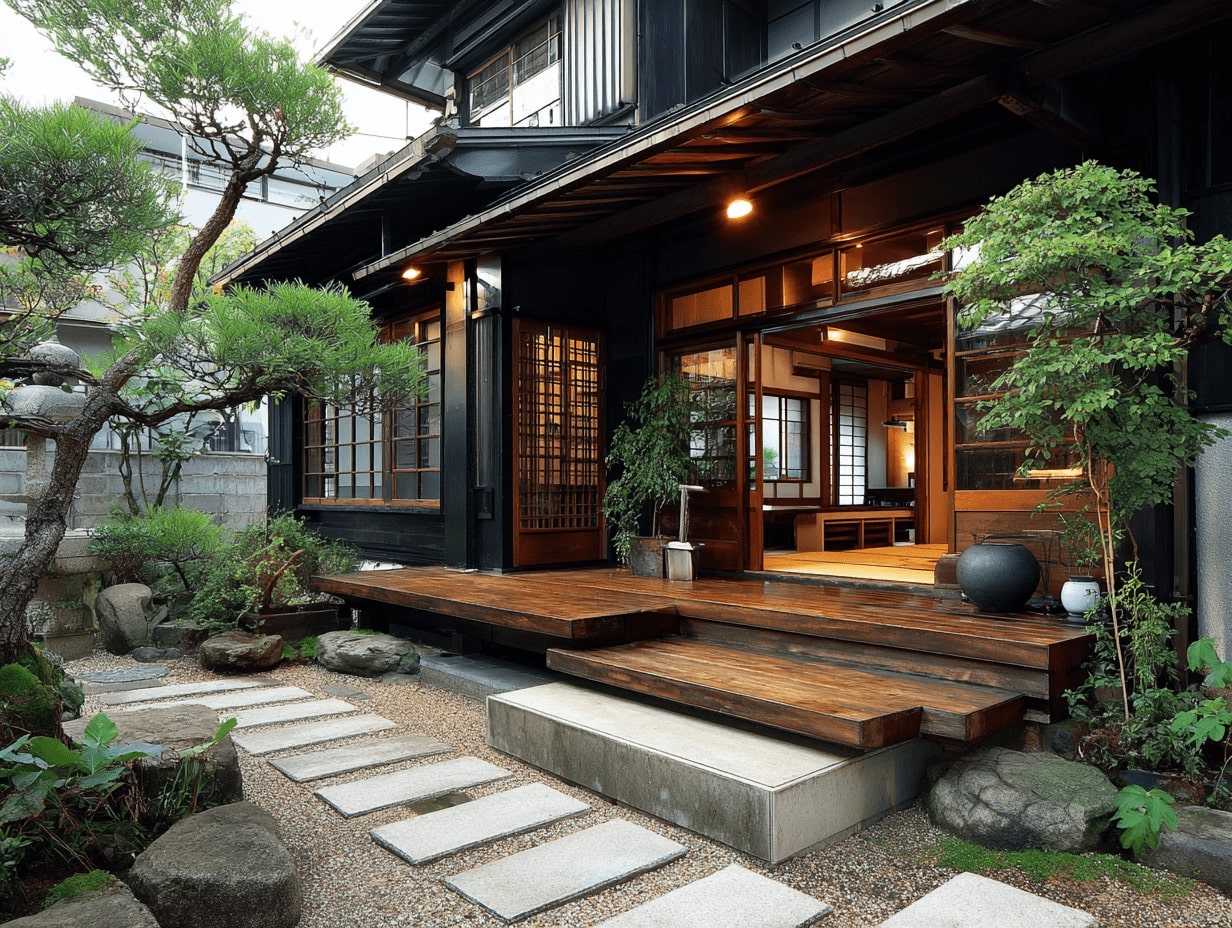- Home
- Articles
- Architectural Portfolio
- Architectral Presentation
- Inspirational Stories
- Architecture News
- Visualization
- BIM Industry
- Facade Design
- Parametric Design
- Career
- Landscape Architecture
- Construction
- Artificial Intelligence
- Sketching
- Design Softwares
- Diagrams
- Writing
- Architectural Tips
- Sustainability
- Courses
- Concept
- Technology
- History & Heritage
- Future of Architecture
- Guides & How-To
- Art & Culture
- Projects
- Interior Design
- Competitions
- Jobs
- Store
- Tools
- More
- Home
- Articles
- Architectural Portfolio
- Architectral Presentation
- Inspirational Stories
- Architecture News
- Visualization
- BIM Industry
- Facade Design
- Parametric Design
- Career
- Landscape Architecture
- Construction
- Artificial Intelligence
- Sketching
- Design Softwares
- Diagrams
- Writing
- Architectural Tips
- Sustainability
- Courses
- Concept
- Technology
- History & Heritage
- Future of Architecture
- Guides & How-To
- Art & Culture
- Projects
- Interior Design
- Competitions
- Jobs
- Store
- Tools
- More
Minimalist Architecture & Invisible Supports: The Role of Slimline Handrail Brackets

Minimalism has become one of the most influential design movements of the modern era. Characterized by clean lines, open spaces, and a dedication to simplicity, minimalist architecture prioritizes form, function, and lightness. Every element within a minimalist space must serve a purpose without adding unnecessary visual clutter. This approach doesn’t just apply to large design decisions like floor plans and facades, it extends to the smallest details, including the often-overlooked handrail brackets that provide structure and safety within homes and public spaces.
One of the keys to maintaining the purity of minimalist design is finding ways to support structures discreetly. That’s where slimline handrail brackets come in. These compact, refined, and unobtrusive supports play a crucial role in bringing together both form and function, ensuring handrails are sturdy while preserving the visual fluidity that defines minimalist spaces.
Table of Contents
ToggleThe Essence of Minimalist Architecture
Minimalism is rooted in the idea that less is more. Spaces designed in this style often feature neutral tones, uncluttered layouts, and natural materials. There’s an emphasis on maximizing light and allowing architectural features to speak for themselves without distraction. A minimalist home doesn’t eliminate detail; instead, it reduces detail to its most essential and intentional form.
Achieving this sense of harmony requires careful attention to the “supporting players” in design, those components that might not be the focal point but are necessary for comfort, safety, and functionality. Items like light switches, fixtures, and brackets must be integrated in ways that feel almost invisible, blending into the overall design narrative.

The Challenge of Handrails in Minimalist Design
Handrails are a vital safety feature in both residential and commercial spaces, providing balance and support on staircases, balconies, and walkways. Yet, from an aesthetic standpoint, they can present a challenge in minimalist architecture. A bulky handrail system with large, ornate brackets may detract from the simplicity of the space.
Minimalist architecture seeks to preserve visual openness, so every protrusion or excessive detail can feel disruptive. That’s why architects and designers often choose slimmer glass railings paired with discreet, well-engineered brackets that seem to vanish into the background. These supports ensure safety without compromising the clean, uncluttered aesthetic.
Slimline Handrail Brackets: The Invisible Support
Slimline handrail brackets are specifically designed to provide strength while remaining visually subtle. Unlike traditional bulky supports, these brackets often feature sleek profiles, hidden fixings, and precision engineering. Their design philosophy aligns perfectly with minimalist principles, strong enough to provide security, yet subtle enough to blend into the wall or railing system.
Some of the standout benefits of slimline handrail brackets include:
- Aesthetic Seamlessness: With their discreet design, slimline brackets allow the handrail to appear as if it is “floating” on the wall, reducing visual weight.
- Durability: High-quality slimline brackets, often made from materials like stainless steel, brass, or aluminum, deliver long-lasting performance while maintaining their minimal profile.
- Versatility: Available in various finishes such as matte black, brushed nickel, or polished chrome, they can complement a range of minimalist interiors without drawing attention.
- Space Optimization: Because they are compact, slimline brackets are ideal for smaller or narrow staircases where bulky brackets would dominate the view.
By combining utility with elegance, these brackets embody the “less but better” mindset that defines minimalist architecture.
Pairing Handrails with Minimalist Interiors
The success of a minimalist space often lies in how well every component works together. When choosing handrail brackets for a minimalist interior, architects and homeowners typically consider three design factors:
- Material Harmony – A wooden handrail paired with slimline stainless steel brackets, for instance, strikes a balance between natural warmth and modern restraint.
- Color Matching – Brackets finished in the same tone as the wall or railing can make the support system nearly invisible, while contrasting finishes create subtle points of visual interest.
- Proportion and Scale – Slimline brackets ensure the handrail is the visual star, not the support hardware. This proportionality is especially important in open-concept homes where staircases are central features.

Case Example: Minimalist Staircases
Staircases in minimalist architecture often serve as focal points, with floating steps, glass balustrades, or cantilevered treads creating dramatic visuals. In such designs, the handrail system must align with the understated, gravity-defying aesthetic. Slimline brackets make this possible by offering nearly invisible support.
Imagine a staircase with a slim oak handrail mounted against a white wall. Using a set of minimal matte-black brackets, the handrail seems to hover, providing safety without intruding on the staircase’s sculptural quality. This design decision keeps the visual focus on the staircase’s form rather than its hardware.
Why Details Matter in Minimalist Design
Minimalism leaves no room for excess. Every piece of hardware, from door handles to brackets, must be carefully chosen. Handrail brackets may seem like a small detail, but they carry the dual responsibility of safety and design cohesion. A poorly chosen bracket can break the visual flow, while the right slimline bracket reinforces the architectural narrative of lightness, precision, and restraint.
In this way, slimline handrail brackets are more than just a construction detail. They are a design statement. Their presence demonstrates the thoughtfulness and intention behind minimalist spaces, where beauty lies not in ornamentation but in clarity and simplicity.
Final Thoughts
Minimalist architecture is about finding beauty in simplicity and purpose. To achieve this, every element in a space must be intentional, functional, and visually harmonious. Slimline handrail brackets exemplify this balance perfectly. By providing safety in the most discreet and refined way possible, they ensure that minimalist spaces remain true to their design philosophy, open, clean, and uncluttered.
In the world of architecture, it’s often the smallest details that make the biggest difference. Slimline handrail brackets may be modest in size, but their role in shaping minimalist design is profound. They are the invisible supports that uphold both safety and style, proving once again that in minimalism, less truly is more.
A licensed architect with hands-on studio experience, I translate complex design ideas into clear, engaging stories for a global audience. As a seasoned content writer and editor, I craft articles, project features, and thought-leadership pieces that illuminate emerging technologies, sustainable practices, and cutting-edge design trends—always with an architect’s eye for detail, accuracy, and narrative flow. My goal is to bridge practice and publication, giving fellow professionals and curious readers alike the insight and inspiration they need to push architectural boundaries.
Submit your architectural projects
Follow these steps for submission your project. Submission FormLatest Posts
Common Disputes Handled by Estate Litigation Lawyers
According to the 2025 issue of the American Bar Association’s “Probate &...
Modern Japanese Architecture: Tradition Rewired for the Present
Modern Japanese architecture explained: how tradition meets innovation in light, nature, materials,...
The Purpose of a Living Will and Why It Matters
A living will is without a doubt one of the most significant...
How Modern Bridges Balance Aesthetics and Engineering
How modern bridges balance aesthetics and engineering: explore form-driven systems, case studies,...












Leave a comment